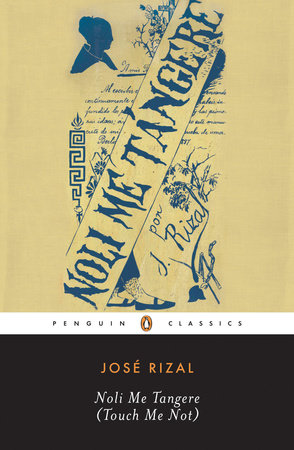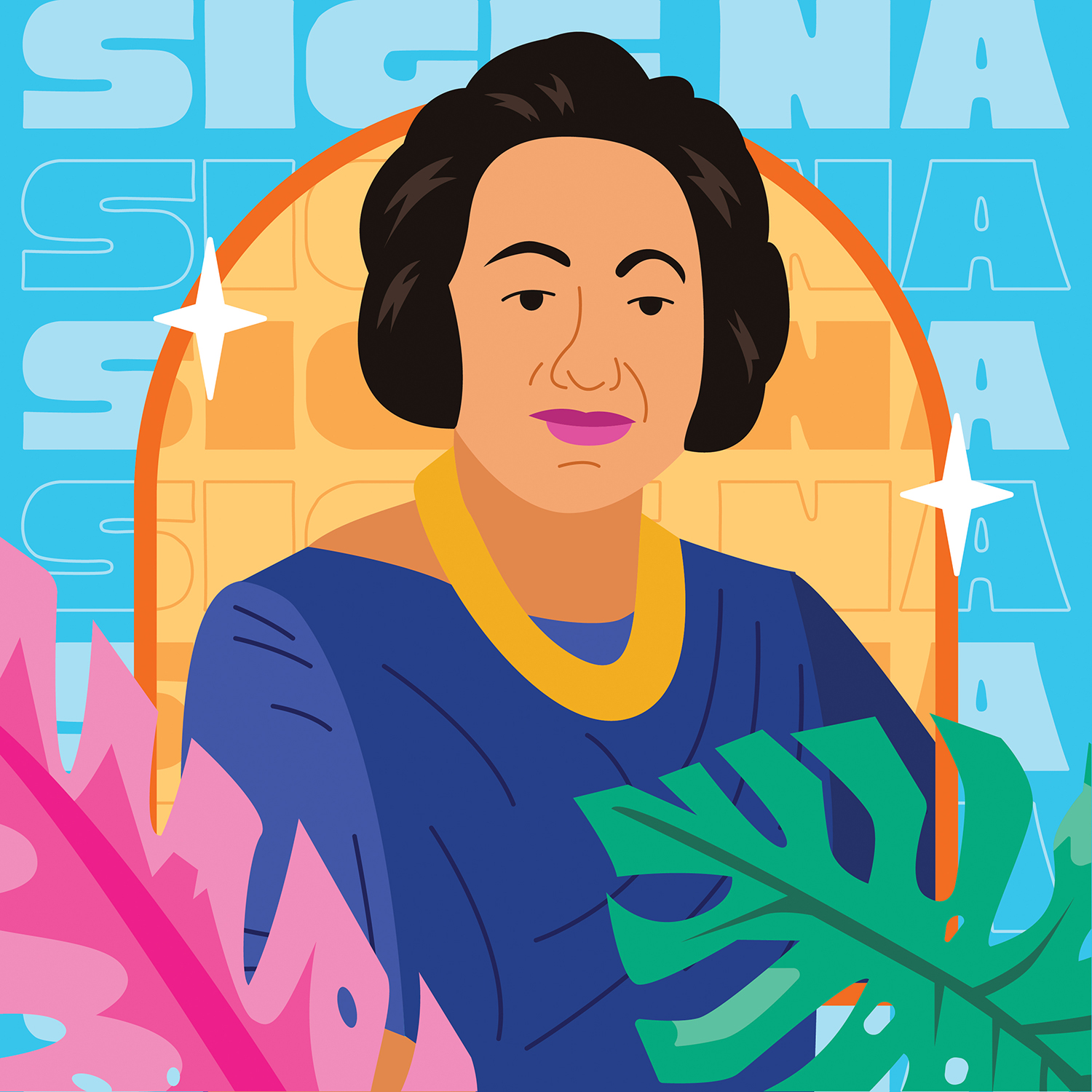What's your favorite Tagalog word or phrase?
Notable figures share their favorite Tagalog words
By AA Patawaran
At A Glance
- My current favorite Tagalog word is pasasalamat. My heart is full of gratitude. —Ben Chan, founder, Bench (who gave this answer while in Hong Kong with 475 loyal employees of Bench to celebrate its 35th anniversary)<br><br>Halakhak, It's onomatopoeic and it makes me less grumpy. —Robina Gokongwei-Pe, president and CEO, Robinsons Retail Holdings
- <br>I like sige na. It's friendly persuasion. —Nedy Tantoco, chairman and CEO, Rustan Commercial Corporation
Illustrations by Randrian Panopio
Dapithapon. I’m sure my memory is playing tricks on me, but I believe that I must have encountered this word for the first time in fifth grade while my teacher, Mrs. Gualberto, was telling us about Sisa, the unfortunate character in Jose Rizal’s Noli Me Tangere.

If my memory were to be relied upon, the word dapithapon revealed itself to me while Mrs. Gualberto, obviously a Rizal fan, was telling us stories about Sisa and her sons Basilio and Crispin. The day I came upon dapithapon was when she told us about Sisa preparing a hearty meal of dried fish, dried wild boar meat, duck leg, and fresh, plump tomatoes in anticipation of the homecoming of her sons Basilio and Crispin, who worked as sextons in a parish an hour’s walk away. Sisa started to get busy in the kitchen at day’s end, in the late afternoon, or at twilight, that time of day at which light and dark played a game of tug-o’-war—dapithapon in Tagalog.
Of Mrs. Gualberto’s Noli Me Tangere stories, the most memorable to me were the chapters on Sisa and her sons, too tragic for, and therefore that impactful, on a gradeschooler like me. The Rizal novellas, after all, wouldn’t be required reading until four years later, in junior high school. This was because her stories were also my introduction to the Filipino language or at least to Tagalog. It was only on fifth grade—not before and sadly not after—that I would rush home after school to write stories of my own in Tagalog, determined to mimic the joys I drew out of Mrs. Gualberto’s stortytelling.
No other teacher in my entire student life was as powerful and so my affair with written or even spoken Tagalog had been terribly brief, but Mrs. Gualberto’s legacy is lifelong, and I’m still achingly in love with words like dapithapon, even if we hardly use them in everyday speech or even in modern writing in the vernacular.

As we cap off Buwan ng Wika, National Language Month, I am reminded of Tagalog words that I continue to find lyrical, the language of the kundiman, some of which are now considered “sinaunang” Tagalog or old Tagalog, such as lumbay, a synonym of the more modern lungkot or sadness, or maralita, less popular than the synonymous mahihirap or the poor. By the way, the word kundiman, meaning “serenade,” by itself sings a genre of its own.
I don’t know if the Tagalog words I love are as old as sinaunang Tagalog, but they have modern counterparts that are far more common in daily speech, the typical Filipino nowadays and even decades back being given to using English when referring to them.

Think bukangliwayway, such a poetic word, artfully descriptive, visual, even seeable, which means “dawn” or “break of dawn” or “daybreak” or “sunrise.” These English words come up in everyday conversations among Filipinos about mornings as often as the Tagalog iterations of bukangliwayway, such as pagsikat ng araw, madaling araw.
In Tagalog, words that refer to the position of the sun or the spread of darkness on the horizon are masterstrokes of language. Takipsilim, for instance, is just as poetic, meaning “nightfall,” almost synonymous to dapithapon. But there are other equally beautiful words that mean the same thing, such as agaw-dilim. And then, there’s hatinggabi, meaning “midnight.”

Words are beautiful, in general, whether English or French or even German, but Tagalog has charms distinctly its own. There are clever phrases in Tagalog like Kakabakaba Ka Ba, the title of a 1980 comedy film, whose official translation is Does Your Heart Beat Faster. The English translation cannot hold a candle to the artistic, alliterative original.
Words are a vivid portrayal and a silver-tongued articulation of the size, shape, sound, smell, texture, color, and sensations of life and nature.
In Tagalog, words like halimuyak, meaning “scent,” or aruga, meaning “tender, loving care,” or silakbo, meaning “an outburst of feelings or emotions,” or haplos, meaning “caress” are a piece of art, a clever play of expression, a song, a poem, a dance.
What’s your favorite Tagalog word or phrase?